Photographing the Milky Way at Navarre Beach, Florida
I’ve been fascinated with astronomy for a long time and one of my goals is to capture photographs of the Milky Way. I took an online course last year from KelbyOne.com titled, “Photographing the Moon, Stars, and Milky Way” by Jennifer Wu.
The course provided a strong foundation in camera settings and techniques to photograph the night sky and also offered numerous web sites for more precise information to help identify the ideal photography location.
I learned the Milky Way is not visible in the Northern Hemisphere from November – January. You also need the darkest skies possible which means shooting under a new moon and in areas with minimal light pollution. While there are many websites showing areas with light pollution, Jennifer Wu recommended the website: http://www.jshine.net/astronomy/dark_sky/
Once you’ve found an area with dark skies you next need to determine where the Milky Way lies in relation to your planned location on your shooting date so you can begin visualizing your compositions. I use an Ipad app called “PhotoPills” which shows the exact location of the Milky Way at any time, any date, and any location. PhotoPills also shows the moon phases so you can determine the dates for the new moon. Additionally, “Star Walk 2” and “LightTrac” are two excellent Ipad apps that provide astronomical information.
Looking at my schedule, I saw that I was off in early April which was convenient since the new moon occurred on April 7th. According to Jennifer Wu, the best time to photograph the Milky Way is 2 days either side of the new moon.
The PhotoPills app showed the Milky Way would appear in the southeast to southern sky in early April. So, I needed to find a location with little light pollution, an unobstructed view to the south and southeast and someplace with an interesting subject in the foreground.
Using Google Earth I discovered an excellent spot at Navarre Beach, Florida. However, I still needed to determine if the skies would be clear on the nights we wanted to photograph. The weather site intellicast.com showed a fast moving cold front would move through the Florida panhandle on April 7th resulting in clear skies for early morning viewing on the 8th and 9th.
Another website, developed primarily for astronomers, http://www.cleardarksky.com provides a more detailed 36 hour forecast for viewing conditions. It confirmed that we could expect clear skies in the early morning hours of April 8th.
My wife and I drove to Navarre Beach on April 7th arriving near 4:00pm. After checking into the hotel, we drove along Hwy 399 to scout locations for the photography session early the next morning.
We discovered the ideal location a few hours later and then returned to the hotel for dinner and sleep.
We awoke at 1:00 am on the 8th to find clear skies and temperatures hovering in the mid 50’s. Unfortunately the winds were blowing 15 to 20 mph; otherwise the conditions would have been perfect.
Undeterred, we loaded up and headed to the location we’d picked the day before.
The sky was definitely clear, but I was afraid the pictures would not turn out well because of the wind. I was using my Nikon D800 with a Nikon 14-24mm lens set at 14mm. My aperture ranged from f/2.8 to f/3.3 with a shutter speed of 20 to 30 seconds. My ISO ranged from 800 to 1600 to provide the optimum exposure.
I was pleasantly surprised when the pictures turned out a lot better than I expected.
Overall, it was a good outing. I definitely learned a lot about night photography and can’t wait for the next opportunity.
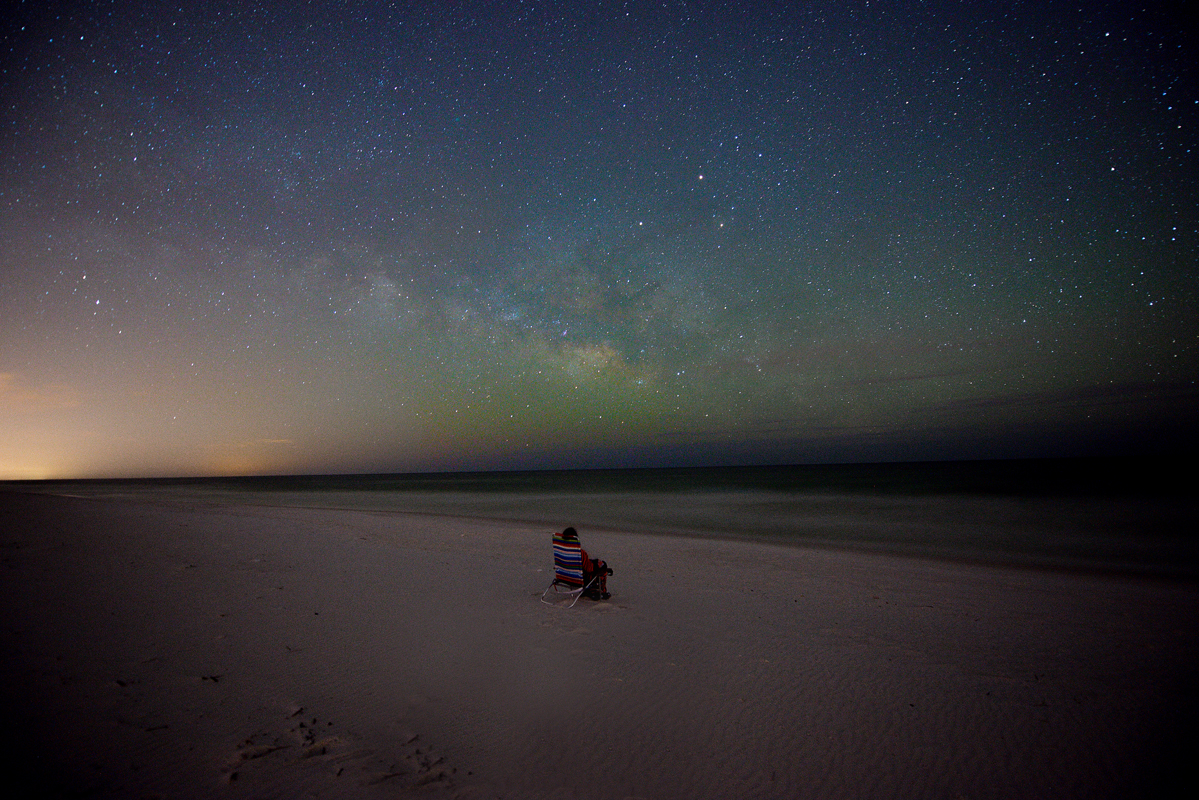
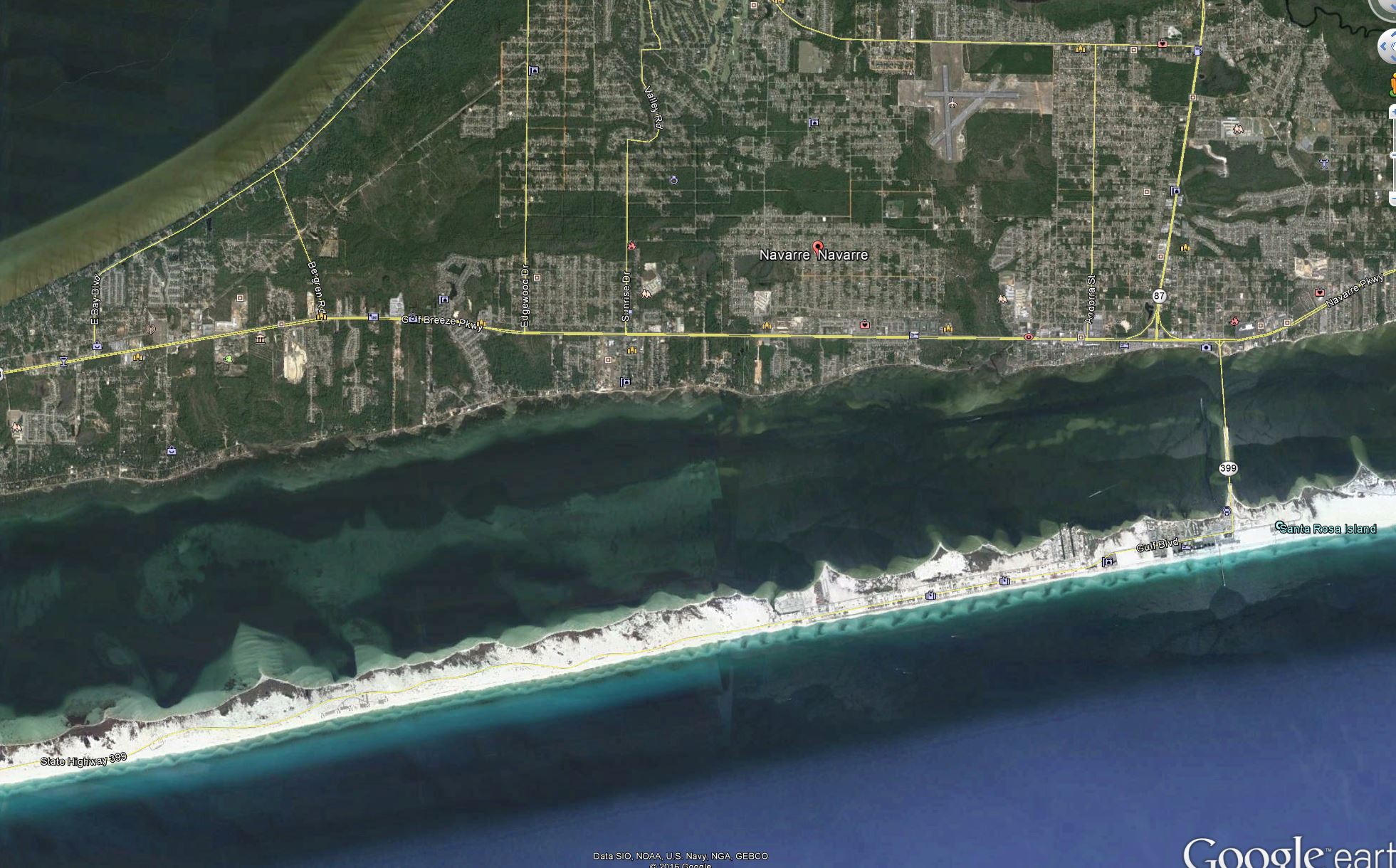

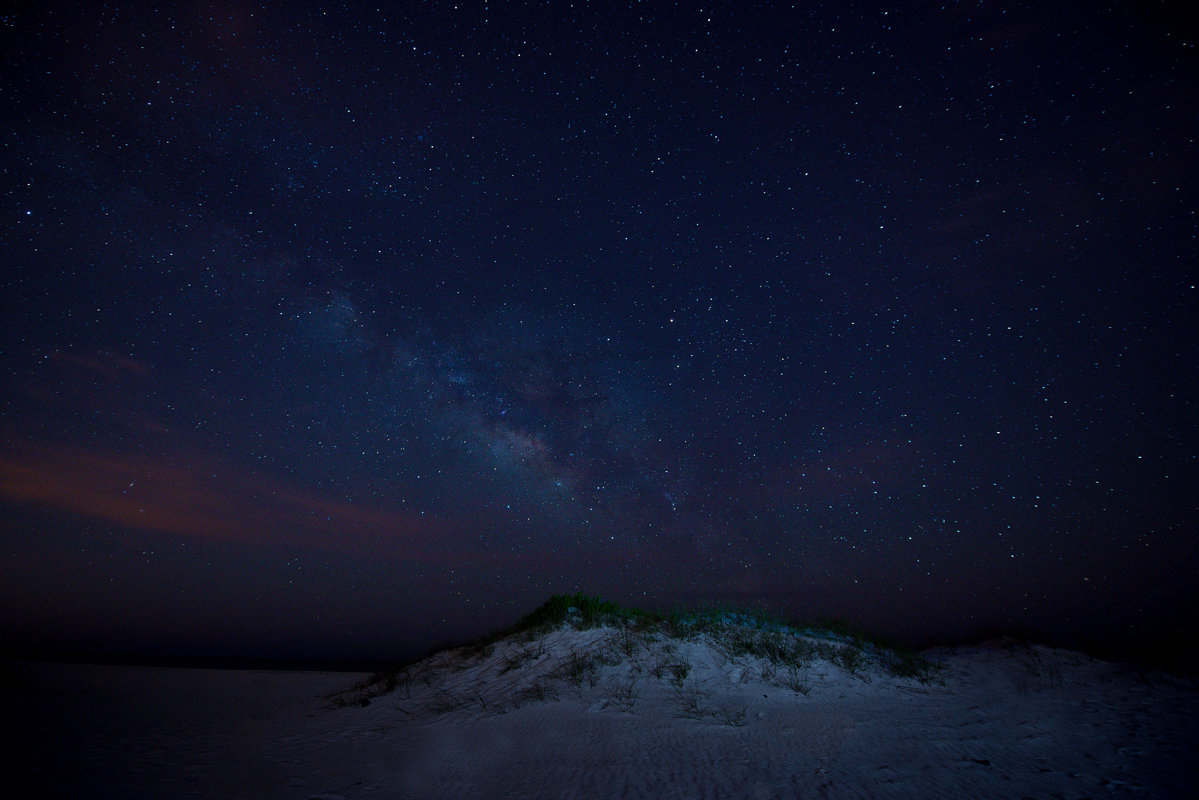
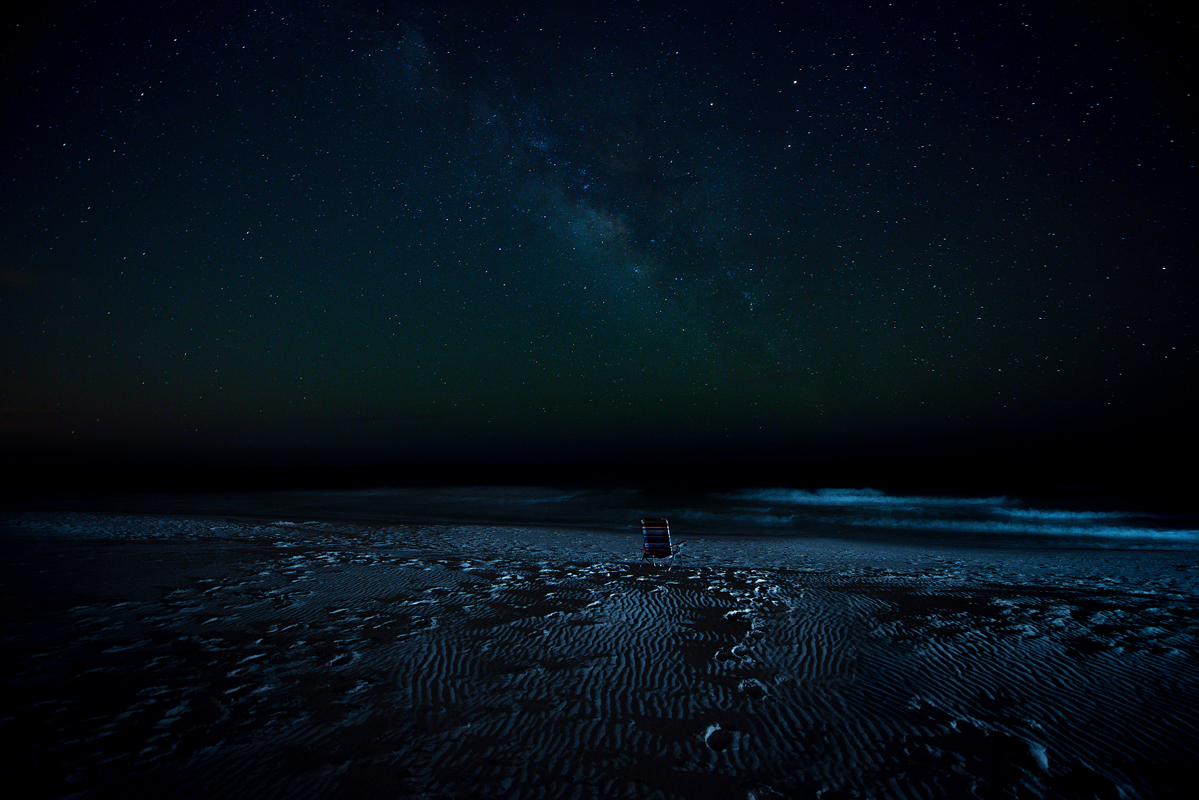
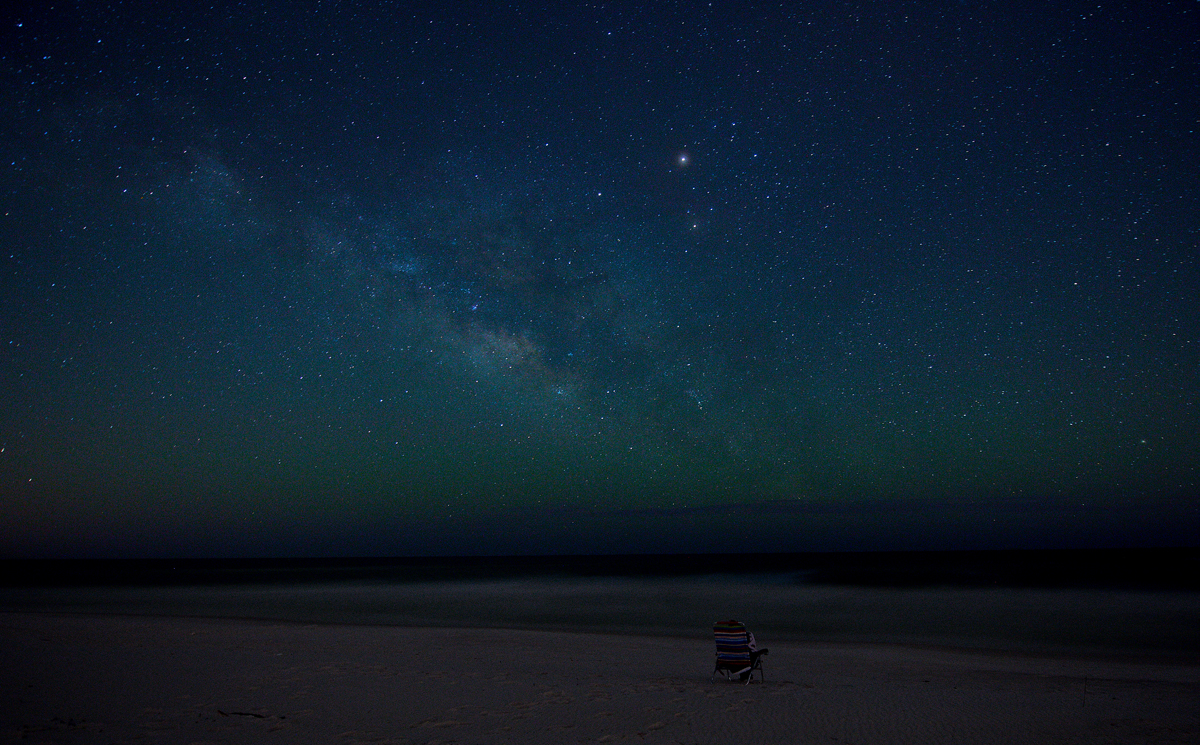
As well written as the photos! What a great description of capturing such a beautiful signt. LOVE the day time picture of the site you chose.
This pic makes a wonderful wallpaper!